Traveling around the world shouldn’t be restricted by mobility issues, and the good news is that numerous cities have opened up to accessibility as a central component of their design. These cities have moved beyond simple compliance to truly open their doors to wheelchair users and mobility travelers.
From inclusive public transit to carefully planned public spaces, these cities show that accessibility and adventure can be compatible. Below is a list of 17 wheelchair-friendly cities that make world travel possible and fun.
Tokyo, Japan

Tokyo transformed itself into an accessibility powerhouse leading up to the Paralympics, with major stations now featuring multiple elevator routes and tactile paving throughout the subway system. The city’s famous Shibuya crossing includes accessible pedestrian signals, and many traditional temples have added ramp access without compromising their historic character.
Tokyo’s attention to detail extends to accessible capsule hotels and adapted traditional ryokan inns.
Sydney, Australia
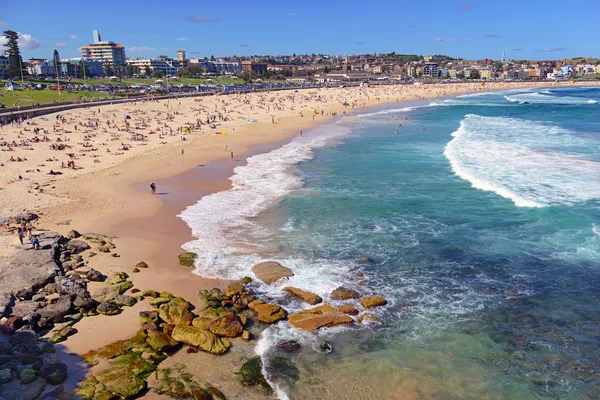
Sydney’s harbour city design is well-suited for its full-access ferry system, enabling wheelchair users to island-hop comfortably. The iconic Opera House has specially accessible entrances and high-quality seating areas with great views, while Circular Quay has level access to several forms of transport.
Sydney beaches have beach wheelchairs to be borrowed, making their world-famous shoreline fully accessible.
Like Travel Pug’s content? Follow us on MSN.
Berlin, Germany

Berlin boasts an incredibly efficient public transportation system that features audio announcements, tactile maps, and elevators at nearly every U-Bahn and S-Bahn station. The city’s spacious sidewalks and abundant parks are designed with smooth pathways, making it easy to navigate.
Historic landmarks like the Brandenburg Gate have been thoughtfully modified to include accessible routes. Plus, Berlin’s cultural venues are committed to inclusivity, with many providing tactile experiences and sign language interpretation to enhance accessibility for everyone.
Copenhagen, Denmark
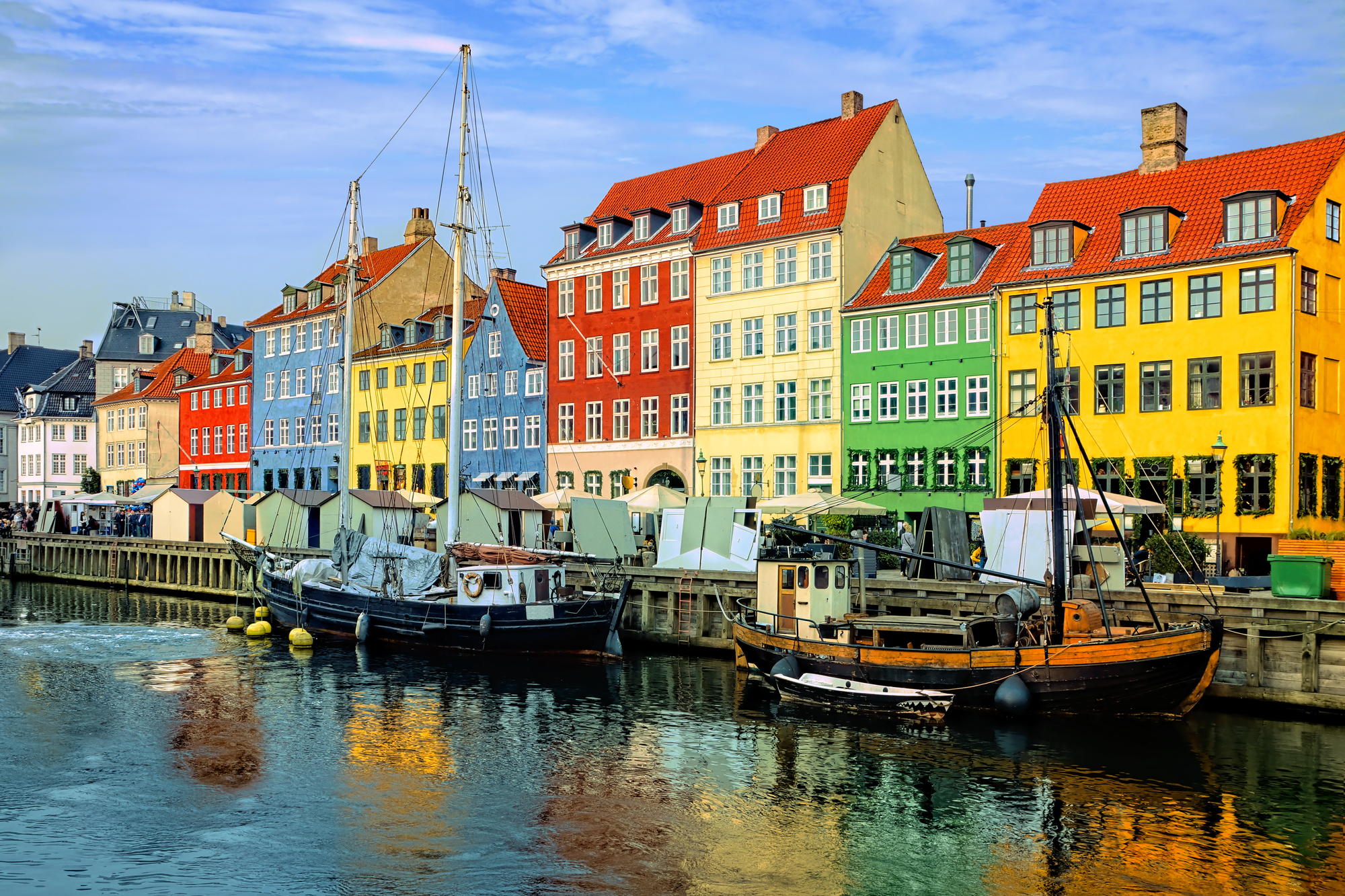
Copenhagen’s bicycle-friendly infrastructure translates beautifully to wheelchair accessibility, with smooth bike lanes doubling as excellent paths for wheelchair users. The city’s metro system features platform screen doors and level boarding at every station, while the famous Little Mermaid statue sits along an accessible waterfront promenade.
Copenhagen’s commitment to universal design shows in everything from accessible public restrooms to lowered museum display cases.
Portland, Oregon

Portland’s MAX light rail system connects the entire metropolitan area with level boarding platforms and spacious wheelchair areas on every train.
The city’s famous food truck pods have embraced accessibility with ramped access and lowered service windows, while Powell’s Books offers wide aisles and accessible reading areas. Portland’s network of riverside paths provides miles of scenic, flat terrain perfect for exploring.
Like Travel Pug’s content? Follow us on MSN.
Vienna, Austria
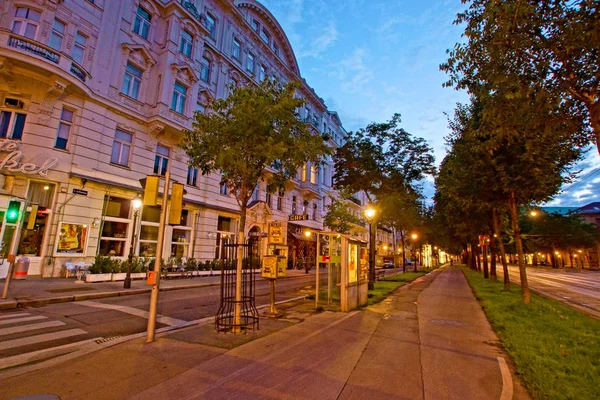
Vienna’s historic city center might seem challenging, but the city has masterfully blended accessibility with preservation, creating ramp access to most major attractions without altering their historic character.
The efficient tram and subway system includes audio announcements in multiple languages and tactile guidance systems throughout. Vienna’s famous coffee houses increasingly feature accessible entrances and adapted restroom facilities.
Montreal, Canada

Montreal’s underground city, known as the RESO, creates a climate-controlled accessible network connecting shopping centers, hotels, and metro stations across downtown. The city’s metro system features elevators at key stations and connecting bus routes with wheelchair lifts at every stop.
Montreal’s festivals, including the Jazz Festival, provide dedicated accessible viewing areas and sign language interpretation.
London, England
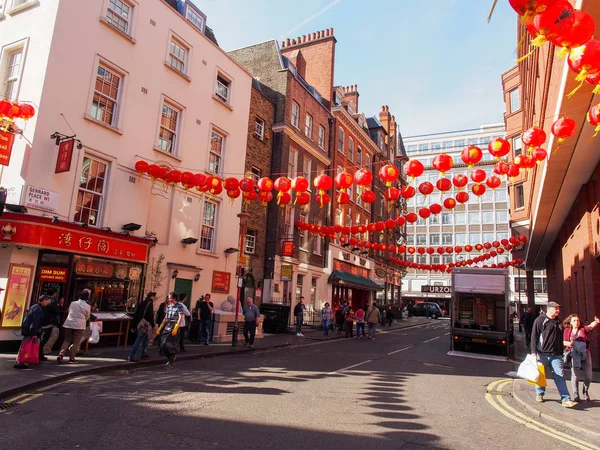
London’s extensive public transportation improvements include step-free access at over 280 tube, rail, and DLR stations, with more added regularly. The city’s iconic black cabs are required by law to be wheelchair accessible, while the Thames Clippers river service offers wheelchair-friendly boats with level boarding.
London’s museums lead globally in accessibility innovation, with the British Museum offering tactile handling sessions and audio-described tours.
Like Travel Pug’s content? Follow us on MSN.
San Francisco, California

San Francisco tackles its famously steep terrain with accessible cable car routes and an extensive network of accessible buses with wheelchair lifts and priority seating. The city’s BART system connects to accessible regional transit, while the famous Fisherman’s Wharf area features level boardwalks with harbor views.
San Francisco’s commitment extends to accessible versions of Alcatraz tours, complete with audio descriptions of the island’s history.
Melbourne, Australia

Melbourne boasts an impressive tram network that features low-floor trams on its main routes, making it easy for everyone to get around. The city’s iconic laneways are designed with smooth surfaces and accessible seating at cafés, ensuring a comfortable experience.
At the Royal Botanic Gardens, you’ll find wheelchair-friendly paths that wind through a variety of beautiful landscapes, while the Eureka Skydeck provides stunning, accessible views of the entire city. Plus, Melbourne’s vibrant cultural scene includes accessible performances at venues like the Arts Centre, complete with companion seating and assistive listening devices.
Stockholm, Sweden

Stockholm’s archipelago setting becomes accessible through wheelchair-friendly ferries that connect the city’s 14 islands with level boarding and spacious deck areas.
The efficient metro system features elevators at all stations and distinctive accessibility features like tactile art installations that serve as navigation aids. Stockholm’s commitment to accessibility shows in details like adjustable-height museum displays and accessible ice skating rinks in winter.
Like Travel Pug’s content? Follow us on MSN.
Munich, Germany
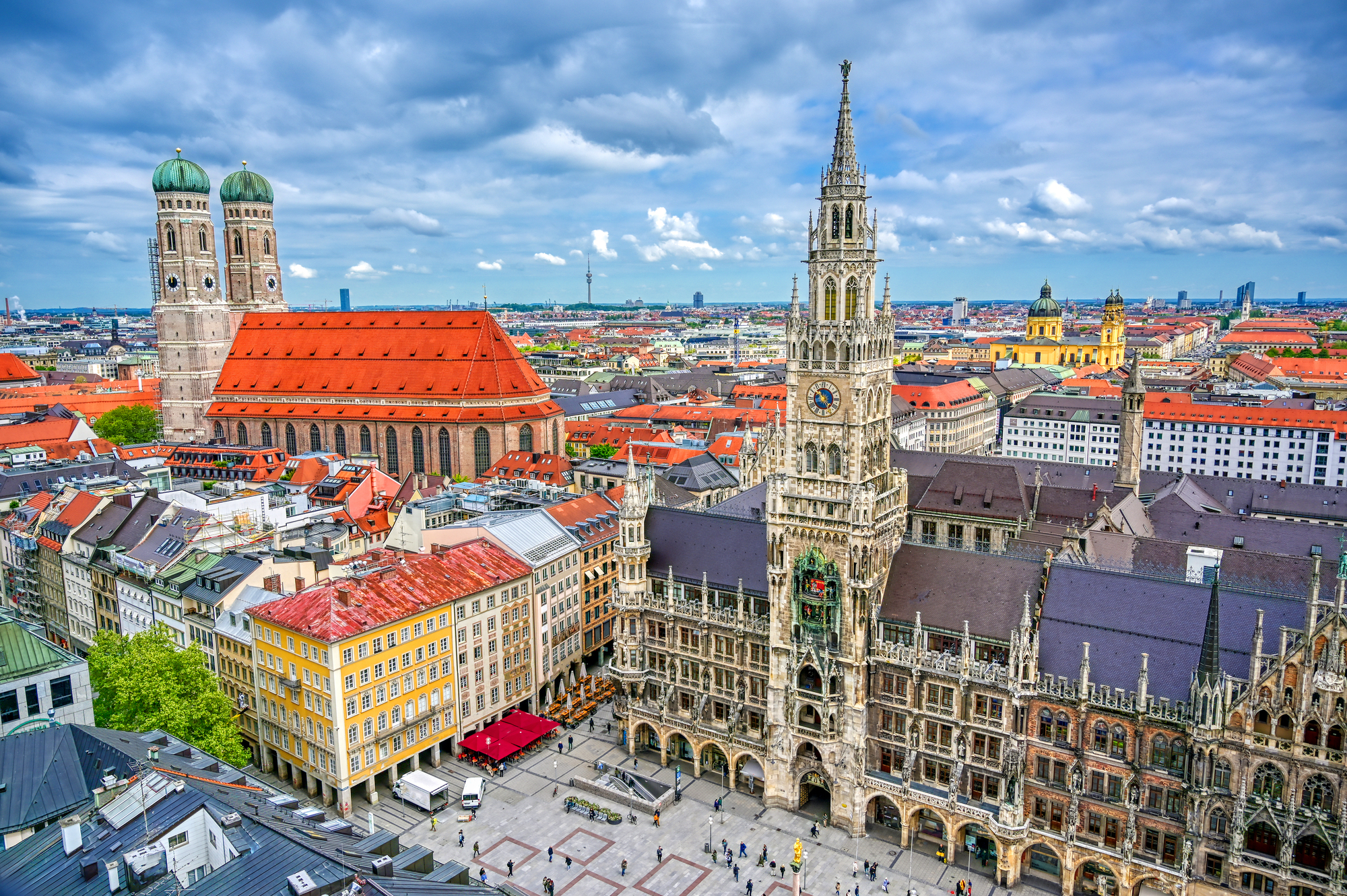
Munich’s combination of efficient public transit and accessible beer gardens creates a uniquely inclusive atmosphere where traditional culture meets modern accessibility standards.
The city’s S-Bahn and U-Bahn systems feature comprehensive elevator access, while the famous Marienplatz offers accessible viewing areas for the Glockenspiel performance. Munich’s Oktoberfest grounds include accessible restrooms, designated accessible areas, and staff trained in disability awareness.
Toronto, Canada

Toronto’s PATH underground walkway system creates 19 miles of accessible, climate-controlled corridors connecting major downtown destinations. The TTC subway system includes elevator access at most stations, while the accessible streetcar fleet features low floors and wheelchair priority areas.
Toronto’s CN Tower offers accessible observation decks with adapted viewing equipment, making the city’s signature experience available to all visitors.
Helsinki, Finland
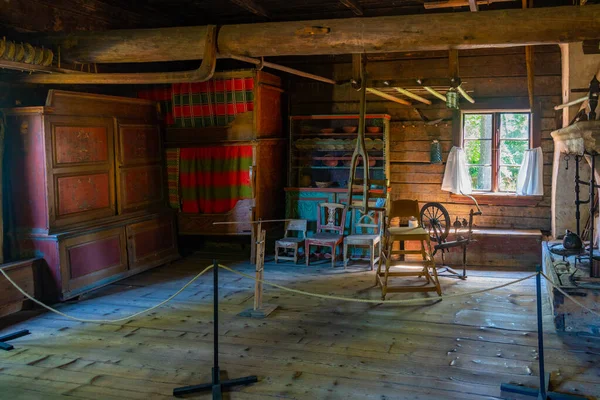
Helsinki’s compact size and efficient public transportation make it naturally wheelchair-friendly, with accessible trams, buses, and metro trains throughout the system. The city’s Market Square sits at water level with smooth stone surfaces, while nearby ferry connections to Suomenlinna fortress include wheelchair-accessible boats.
Helsinki’s design museums and galleries consistently feature accessible layouts with tactile elements and audio guides.
Like Travel Pug’s content? Follow us on MSN.
Zurich, Switzerland
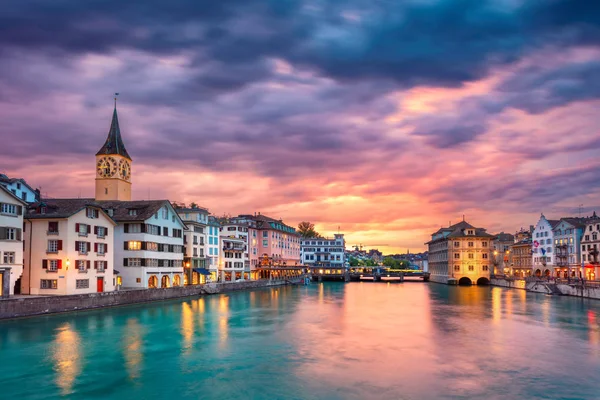
Zurich’s precision extends to accessibility, with punctual public transportation featuring audio announcements, tactile guidance, and elevator access throughout the integrated bus, tram, and train network.
Lake Zurich’s promenade offers smooth, level paths with regular seating areas and accessible restroom facilities. The city’s famous chocolate shops and cafés increasingly feature accessible entrances and adapted seating arrangements.
Seattle, Washington
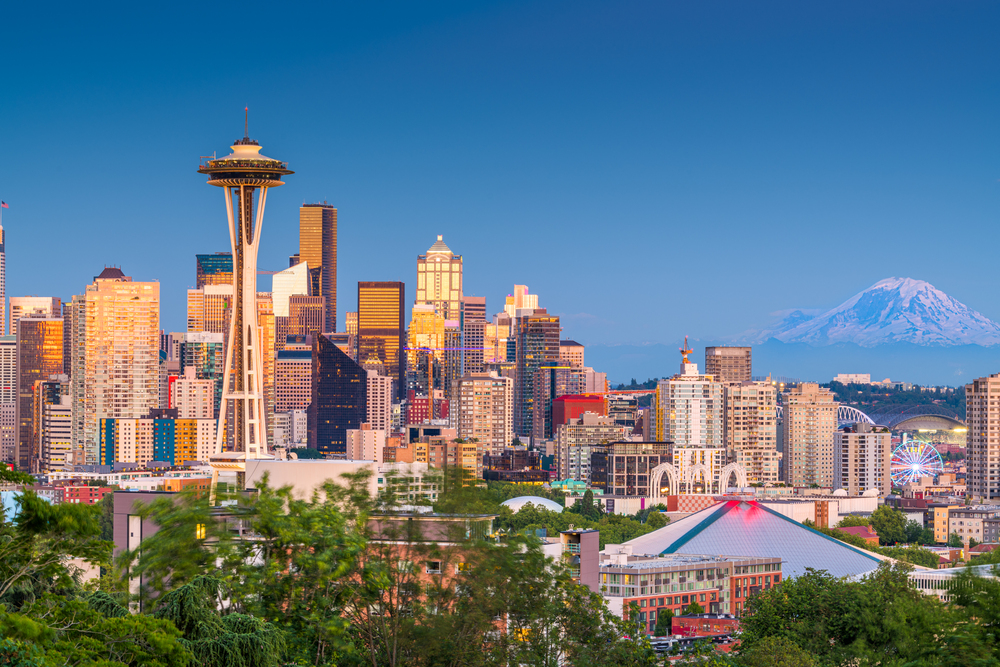
Seattle’s Link Light Rail system connects the airport to downtown with level boarding and spacious wheelchair areas. In contrast, the city’s accessible ferry system offers stunning Puget Sound views from heated indoor areas.
Pike Place Market has improved accessibility with ramp access and wider vendor aisles, though the historic cobblestones require some navigation skills. Seattle’s Space Needle renovation included enhanced accessibility features with adapted observation experiences.
Brisbane, Australia

Brisbane’s river city layout works perfectly with its accessible CityCat ferry network, providing level boarding and climate-controlled transportation along the Brisbane River.
The city’s extensive bike path network doubles as excellent wheelchair routes, connecting parks, cultural precincts, and shopping areas with smooth surfaces. Brisbane’s South Bank cultural precinct features accessible venues, restaurants, and the famous Streets Beach lagoon with accessible entry points.
Like Travel Pug’s content? Follow us on MSN.
When accessibility becomes the standard
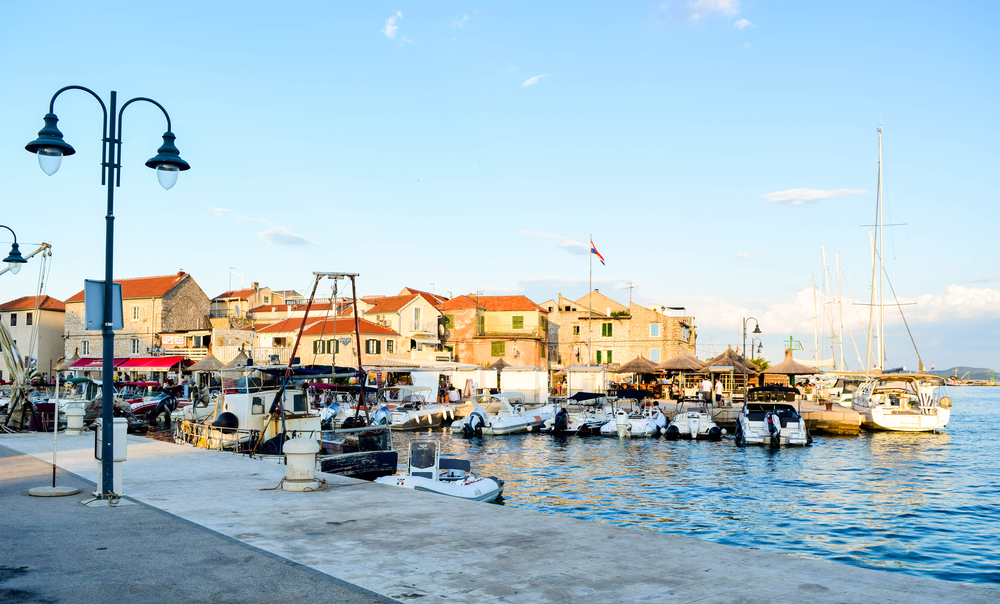
These cities depart from accessibility being an afterthought to making it a fundamental aspect of urban planning. Their success stories show that accessible infrastructure serves everyone, from parents with prams to tourists with suitcases. The innovations they developed are spreading around the world, and the world is becoming a place where travel barriers continue to fade.
With more cities seeing accessibility as a human right and economic opportunity, the future of inclusive travel has never looked more promising.
More from Travel Pug

- 20 Best Beach Towns in the Carolinas
- 13 Destinations Where Tourists Regularly Regret Their Trip
- 20 Things You Actually Get in First Class
- 20 Small Airports With Aviation Museums
- 20 Places in the U.S. That Are Perfect for a Reset Trip
Like Travel Pug’s content? Follow us on MSN.
